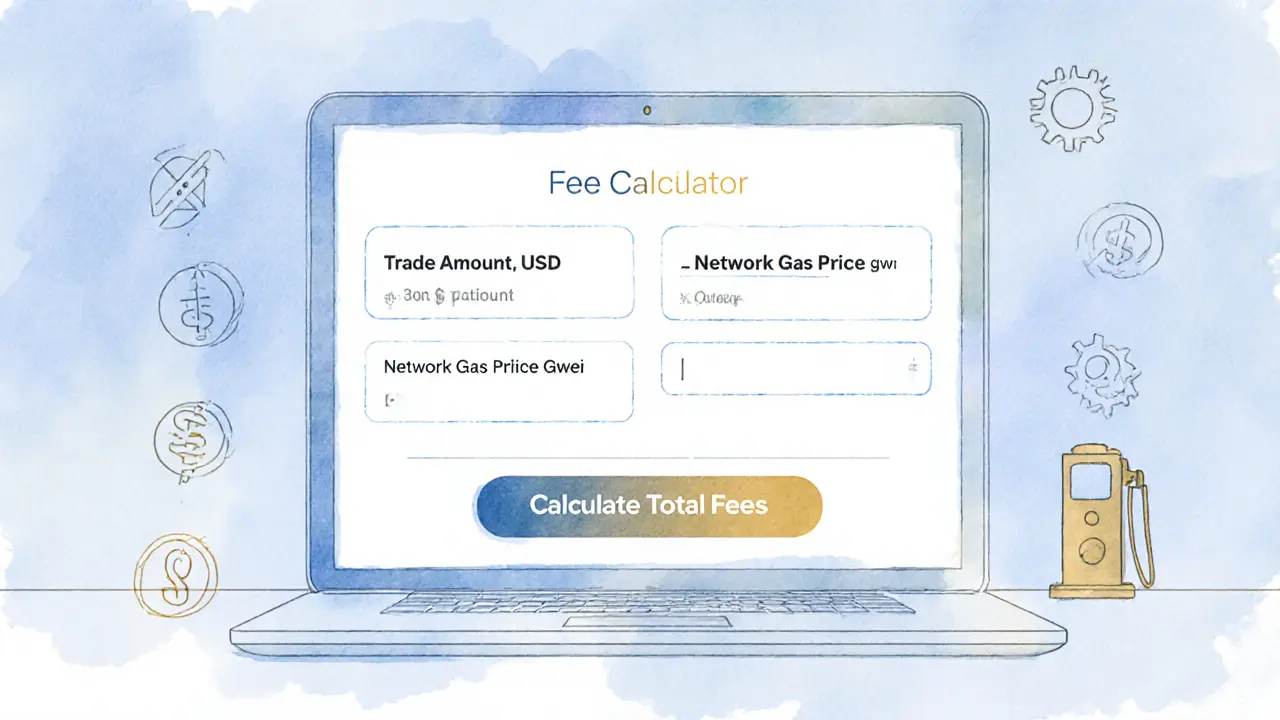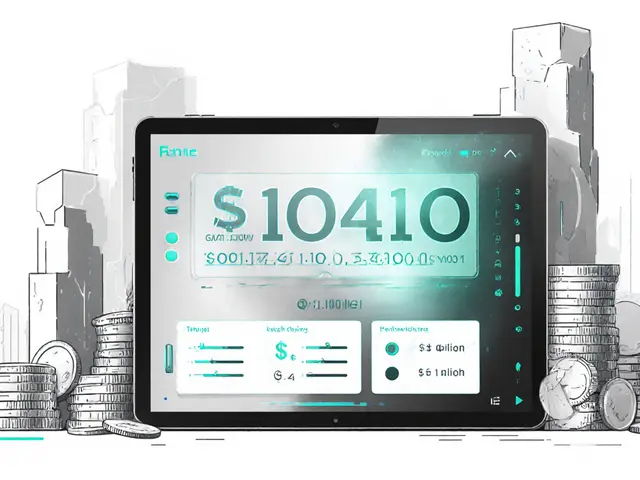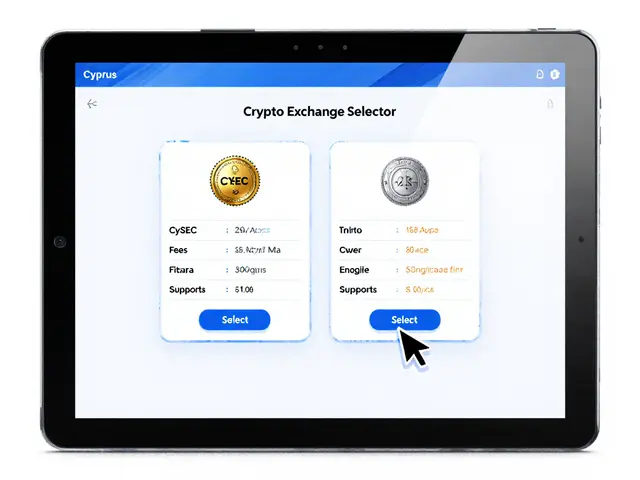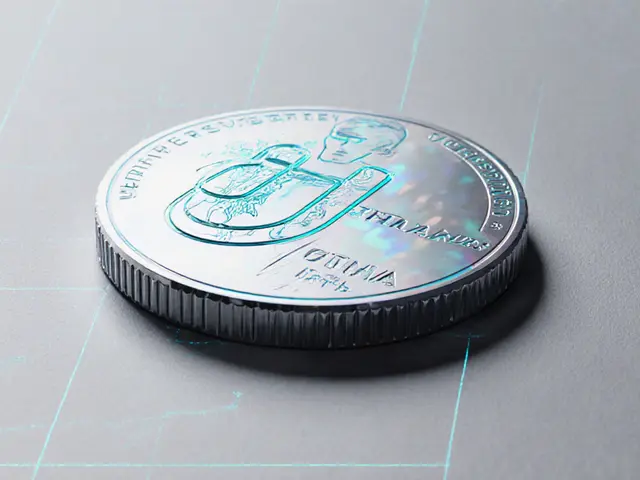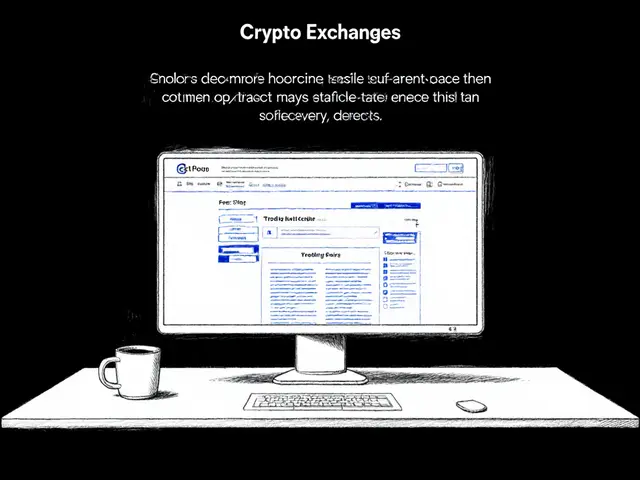SUSHI Token – Everything You Need to Know
When working with SUSHI token, the native governance and utility token of the SushiSwap decentralized exchange. Also known as SUSHI, it lets holders vote on protocol upgrades and earn a share of trading fees. SushiSwap, a leading automated market maker (AMM) platform built on Ethereum and multiple layer‑2 chains relies on SUSHI to bootstrap liquidity and incentivize users. Another key piece of the puzzle is automated market maker, a smart‑contract system that automates token swaps without order books, which powers the swap experience you see on SushiSwap. Finally, liquidity mining, the process of earning token rewards for providing pool liquidity is how many users earn extra SUSHI while keeping markets liquid. Together these elements make the SUSHI token a cornerstone of modern DeFi.
Why SUSHI matters for DeFi participants
First off, SUSHI token gives you governance rights – you can propose and vote on fee structures, new pool launches, or cross‑chain expansions. That governance link means the token isn’t just a reward; it’s a lever to shape the future of the platform. Tokenomics are simple: 250 million SUSHI were minted at launch, with a portion set aside for community incentives and a steady emission schedule that tapers over time. Because the supply is predictable, traders can estimate inflation‑adjusted returns when they stake SUSHI in the SUSHI token vault. The token also pays out a cut of swap fees to stakers, creating a passive income stream that’s independent of market direction. In practice, this dual‑benefit of voting power and fee sharing makes SUSHI a hybrid governance‑yield asset compared to pure utility tokens.
Liquidity mining on SushiSwap is where most users see the upside. By depositing a pair of tokens into a pool, you earn SUSHI rewards proportional to your share of the pool’s liquidity. The platform constantly adjusts reward rates to keep pools attractive, which means the APY can swing dramatically based on market demand. Because SUSHI token rewards are distributed in real time, you can compound earnings by restaking them, effectively earning interest on interest. This compounding effect is amplified when you participate in “SUSHI‑boosted” pools that pair SUSHI with other DeFi incentives like Kashi lending or Trident’s concentrated liquidity. Those integrations show how SUSHI token bridges different DeFi layers, serving as both a liquidity catalyst and a governance token across the ecosystem.
Finally, the SUSHI token’s role extends beyond SushiSwap’s own UI. Many third‑party dashboards, portfolio trackers, and yield‑aggregation services treat SUSHI as a benchmark DeFi token, similar to how ETH or BTC are market references. This external recognition boosts liquidity, as traders can swap SUSHI on other AMMs or bridge it to layer‑2 solutions for lower fees. Risk‑aware investors keep an eye on token inflation, governance proposals, and the health of the underlying pools to gauge long‑term sustainability. With these factors in mind, the collection of articles below will walk you through everything from tokenomics breakdowns and staking strategies to the latest SushiSwap upgrades and how SUSHI fits into broader market trends.
SushiSwap V3 on Arbitrum: In‑Depth Review of the Decentralized Crypto Exchange
A thorough review of SushiSwap V3 on Arbitrum covering fees, liquidity, rewards, risks, and how it stacks up against Uniswap for crypto traders.
View MoreSushiSwap v2 (Base) Review: Fees, Features & Security
A detailed review of SushiSwap v2 on Base, covering fees, features, security, liquidity provision, and future roadmap for DeFi traders.
View More
